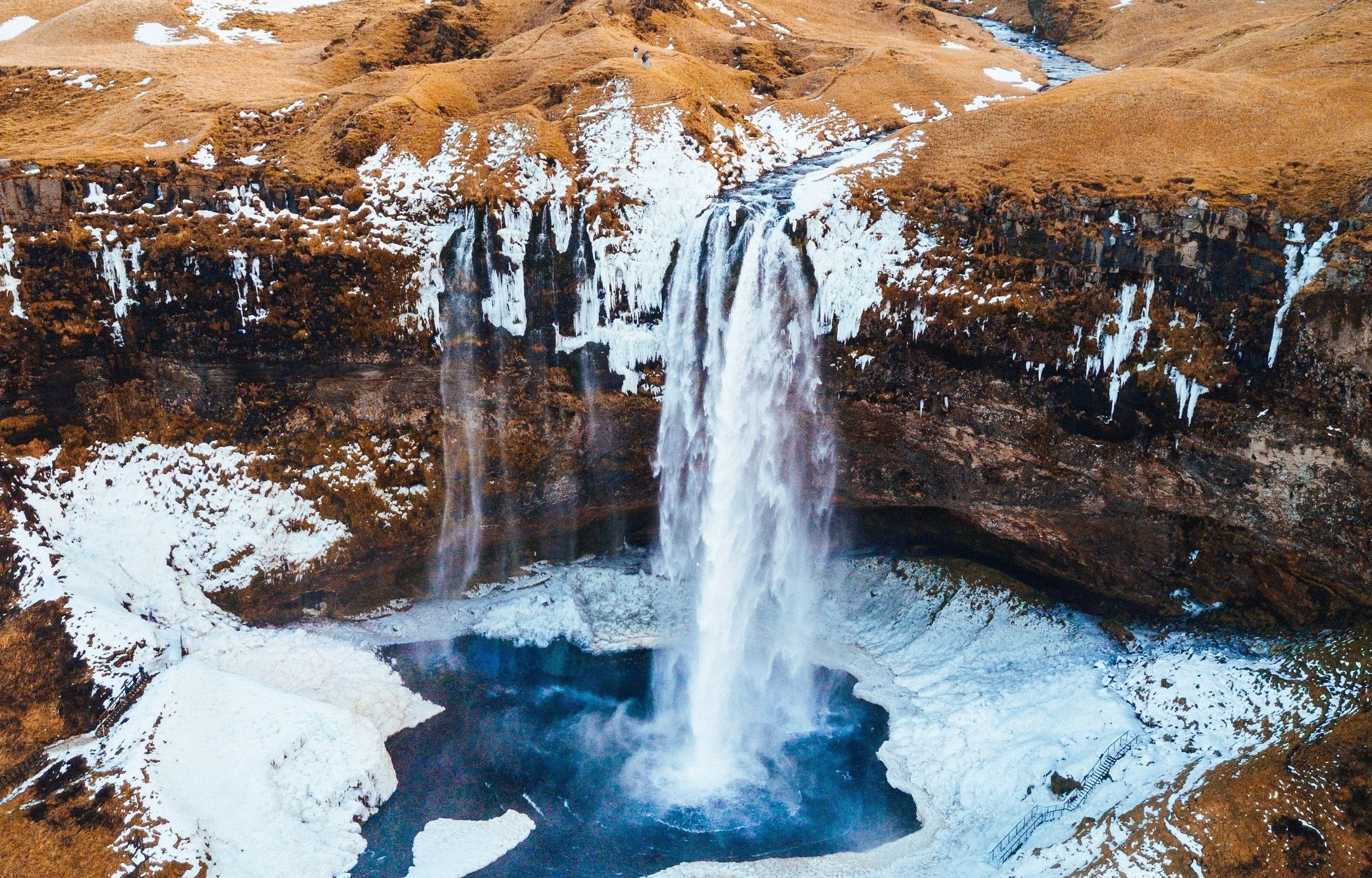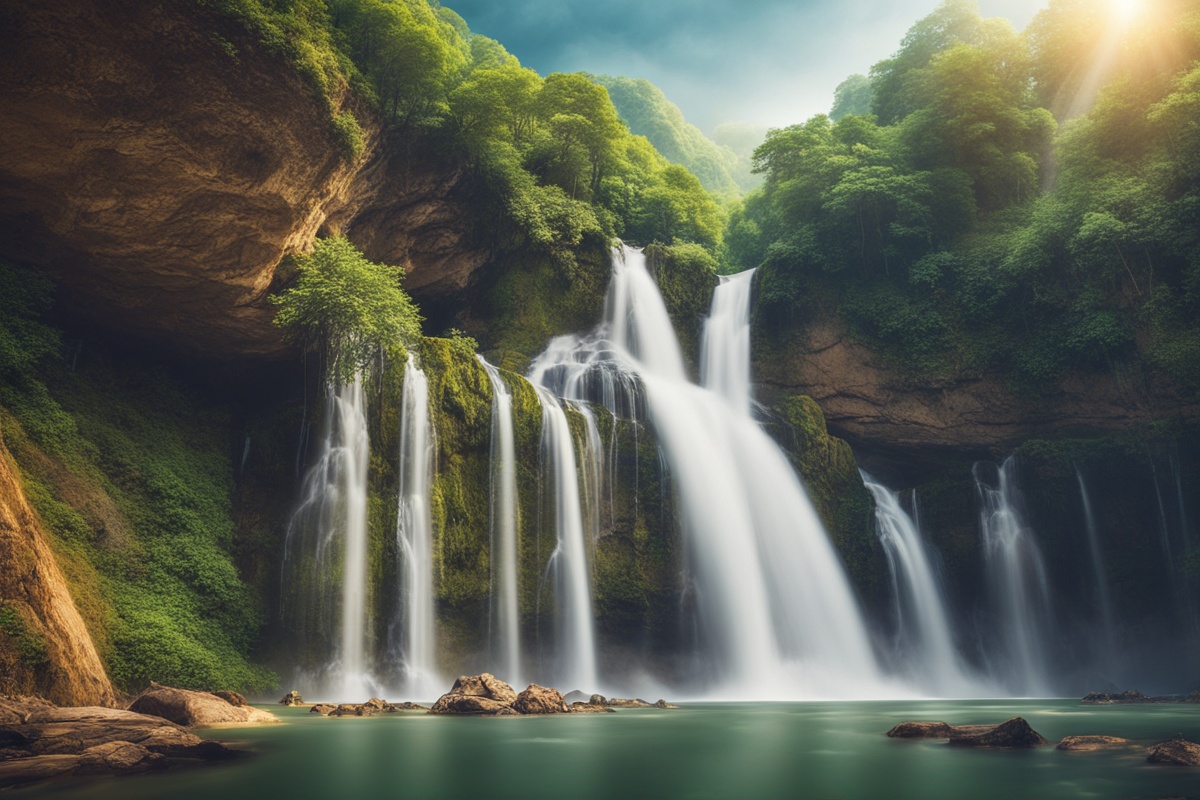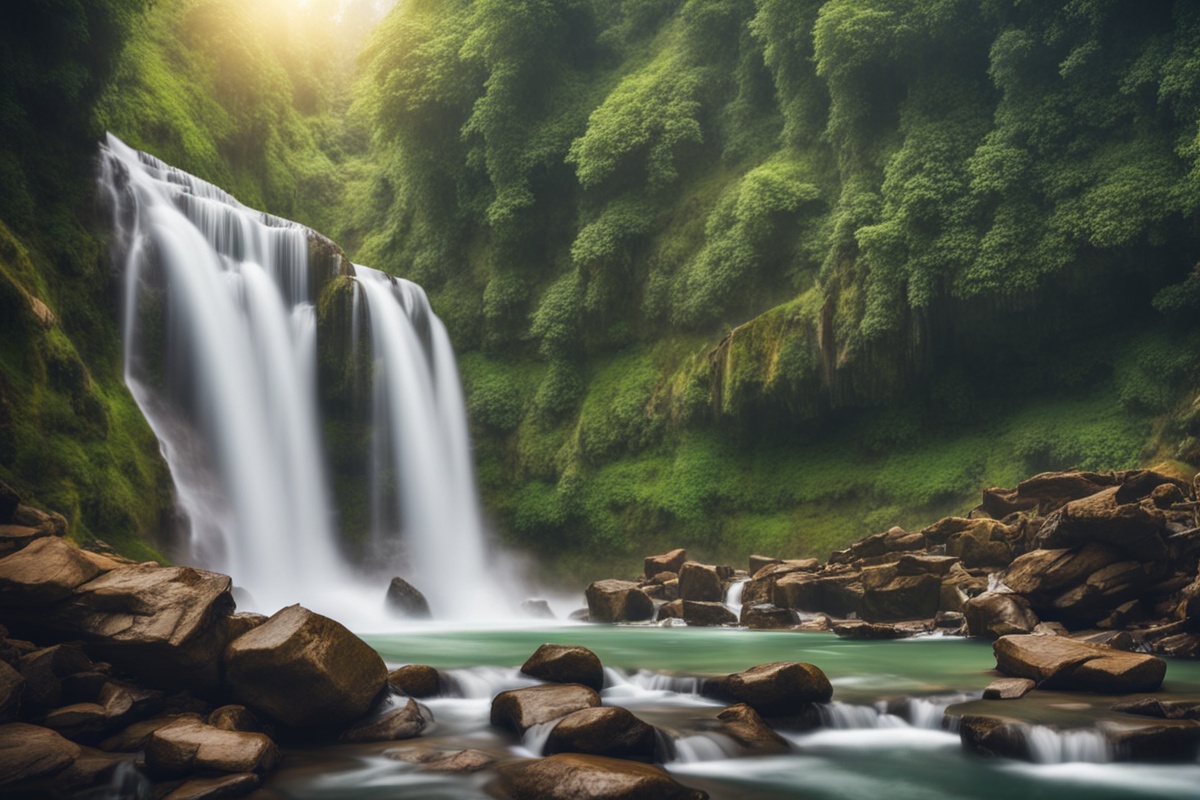
Waterfalls have a way of capturing the human spirit, don’t they? There’s something almost otherworldly about the roar of cascading water, the mist kissing your face, and the sheer power of nature unfolding before your eyes. If you’re anything like me, the idea of embarking on breathtaking waterfall exploration routes is more than just a trip—it’s a calling. I’ve trekked through dense forests and scaled slippery rocks to witness some of the world’s most awe-inspiring falls, and I’m here to share the routes that have left me speechless, along with tips to make your journey unforgettable. Whether you’re a seasoned hiker or just someone craving a nature escape, let’s dive into the world of waterfall adventures with routes that promise not just sights, but soul-stirring experiences.
Why Breathtaking Waterfall Exploration Routes Matter
Chasing waterfalls isn’t just about the destination; it’s about the journey. The paths leading to these natural wonders often wind through untouched landscapes, offering a chance to disconnect from the daily grind and reconnect with the earth. I remember my first waterfall hike in Oregon—stumbling upon hidden trails that felt like secrets whispered by the forest itself. These routes aren’t just physical paths; they’re emotional resets. Studies, like those from the National Park Service, show that spending time in nature reduces stress by up to 28%. So, why not let a waterfall route be your therapy? Beyond mental health perks, exploring these trails sharpens your sense of adventure and teaches resilience—trust me, navigating muddy paths after a rainstorm is no walk in the park.
Top Breathtaking Waterfall Exploration Routes Around the Globe
Let’s get to the heart of it: the routes that’ll make your jaw drop. I’ve curated a list of some of the most stunning waterfall trails based on personal treks and insights from fellow explorers. These aren’t your run-of-the-mill tourist spots—they’re journeys that test your grit and reward you with views worth every step.
- Plitvice Lakes National Park, Croatia: Imagine wandering through a network of 16 terraced lakes linked by waterfalls, surrounded by emerald forests. The 8-kilometer wooden boardwalk route is a moderate hike, but the views of Veliki Slap (the tallest fall at 78 meters) are anything but average. Pro tip: Visit in autumn for fewer crowds and vibrant foliage.
- Iguazu Falls, Argentina/Brazil Border: This isn’t just one waterfall—it’s a sprawling system of 275 falls stretching over 2.7 kilometers. The Devil’s Throat trail on the Argentine side offers a heart-pounding close-up of the main cascade. I’ve felt the spray from half a mile away; it’s humbling. Be prepared for wet shoes and long walks—bring waterproof gear!
- Yosemite Falls Trail, California, USA: At 2,425 feet, Yosemite Falls is North America’s tallest. The 7.2-mile round-trip hike is strenuous, with steep switchbacks, but reaching the upper falls feels like conquering a mountain. I nearly gave up halfway, but the panoramic view of the valley kept me going. Start early to avoid the midday heat.
- Blue Mountains, Australia: The Wentworth Falls track is a gem. This 5-kilometer loop takes you past multiple lookouts and down to the base of the 187-meter falls. The misty air and eucalyptus scent are intoxicating. I’ve slipped on wet rocks here—wear grippy boots, folks.
Tips for Planning Your Waterfall Exploration Route
Spontaneity is great, but waterfall hikes demand a bit of prep. I learned this the hard way when I underestimated a trail in Hawaii and ended up dehydrated with no water left. Don’t make my mistake. Here’s how to plan for a safe and epic adventure:
- Research the Route: Check trail difficulty, weather conditions, and local regulations. Websites like AllTrails are goldmines for user reviews and updates. Some routes close seasonally—know before you go.
- Pack Smart: Essentials include water (at least 2 liters per person), snacks, a first-aid kit, and a map or GPS app. I always toss in a lightweight rain jacket—waterfall mist can soak you unexpectedly.
- Timing is Everything: Early mornings often mean fewer crowds and softer light for photos. Plus, in tropical areas, midday heat can be brutal. I’ve hiked at dawn in Costa Rica, and the solitude was pure magic.
- Respect Nature: Stick to marked paths to avoid damaging ecosystems. I’ve seen eroded trails from off-path wanderers—it’s heartbreaking. Leave no trace, always.
Challenges and How to Overcome Them on Waterfall Routes
Let’s be real: these breathtaking waterfall exploration routes aren’t always a stroll through paradise. The challenges can test your patience and stamina. On a trek to Multnomah Falls in Oregon, I faced slick rocks and sudden rain that turned the trail into a muddy mess. But with the right mindset and prep, you can tackle anything. Steep inclines? Take it slow and use trekking poles for stability—I swear by them. Unpredictable weather? Layer up and check forecasts religiously. And if you’re dealing with crowds at popular spots like Niagara Falls, consider off-peak seasons or lesser-known access points. Most importantly, know your limits. If a trail feels too risky, there’s no shame in turning back. Safety trumps ego every time.
Cultural and Historical Insights on Waterfall Trails
Waterfalls aren’t just pretty sights—they’re often steeped in cultural significance. Take Kaieteur Falls in Guyana, for instance. Nestled in the Amazon rainforest, this 226-meter giant is sacred to the local Patamona people, who believe it’s guarded by a spirit. When I read about this before visiting, it added a layer of reverence to my hike. Similarly, in Hawaii, many falls like Akaka Falls are tied to ancient legends of gods and warriors. Learning these stories—often available through local guides or park resources—transforms a hike into a cultural pilgrimage. So, next time you’re planning a route, dig into the history. It’s like uncovering hidden treasure along the trail.
How to Capture the Magic of Waterfall Routes
Ever tried snapping a photo of a waterfall only to end up with a blurry mess? I’ve been there—dozens of deleted shots later, I’ve learned a few tricks. First, use a tripod if you can; the long exposure needed for that silky water effect demands stability. If you’re just using a smartphone, steady your hands by bracing against a rock or tree. Early morning or late afternoon light works best—harsh midday sun can wash out your shots. And don’t just focus on the falls. Capture the journey: the winding trail, the mossy stones, even your muddy boots. When I hiked to Ban Gioc-Detian Falls on the Vietnam-China border, my favorite photo wasn’t of the waterfall itself—it was of the misty bamboo forest en route. Those details tell the story.
Beyond photos, consider journaling your experience. Jot down how the roar of the water felt in your chest or the smell of wet earth. I started doing this a few years back, and flipping through those notes brings every hike back to life. How do you preserve your memories? I’d love to hear your ideas.
References
- National Park Service: Health Benefits of Nature
- AllTrails: Trail Reviews and Maps
- UNESCO: Plitvice Lakes National Park
- Yosemite National Park: Yosemite Falls Trail Guide
- NSW National Parks: Wentworth Falls Track
Disclaimer: This article is for informational purposes only, based on general research and personal experience—it’s not a substitute for professional advice. Always consult a qualified professional, such as a certified hiking guide or local park authorities, for personalized guidance on specific trails, safety measures, and travel conditions. Waterfall exploration can involve risks like slippery terrain, sudden weather changes, and physical strain, so prioritize safety and ensure you’re adequately prepared before embarking on any route. Your well-being is paramount, and no adventure is worth compromising it.
This content is for informational purposes only and not a substitute for professional advice.


